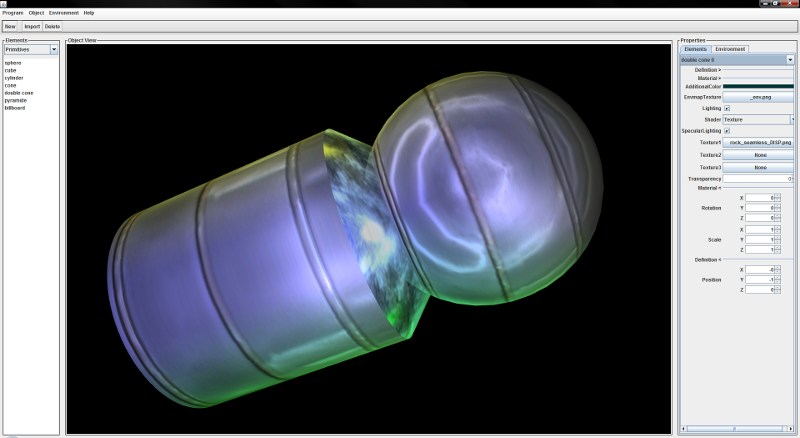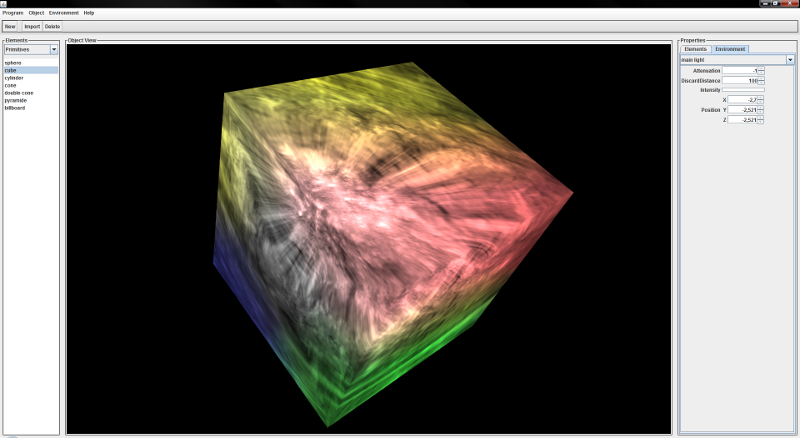Hello,
Is it possible to determine how many lights are assigned to particular Object3D?
What I want is to determine active lights count in my Fragment shader to not iterate through 8 lights.
There is an additional reason why I want to do that.
If I had previously specified 5 lights and disabled 3 of them, my shader is still getting values of old 3 lights.
Is there any specific method in JPCT to determine actual number of active lights associated to world, or is GLSLShader passing any uniform value which I would be able to use in my shader?
Thanks,
Wojtek
Is it possible to determine how many lights are assigned to particular Object3D?
What I want is to determine active lights count in my Fragment shader to not iterate through 8 lights.
There is an additional reason why I want to do that.
If I had previously specified 5 lights and disabled 3 of them, my shader is still getting values of old 3 lights.
Is there any specific method in JPCT to determine actual number of active lights associated to world, or is GLSLShader passing any uniform value which I would be able to use in my shader?
Thanks,
Wojtek












 .
.

